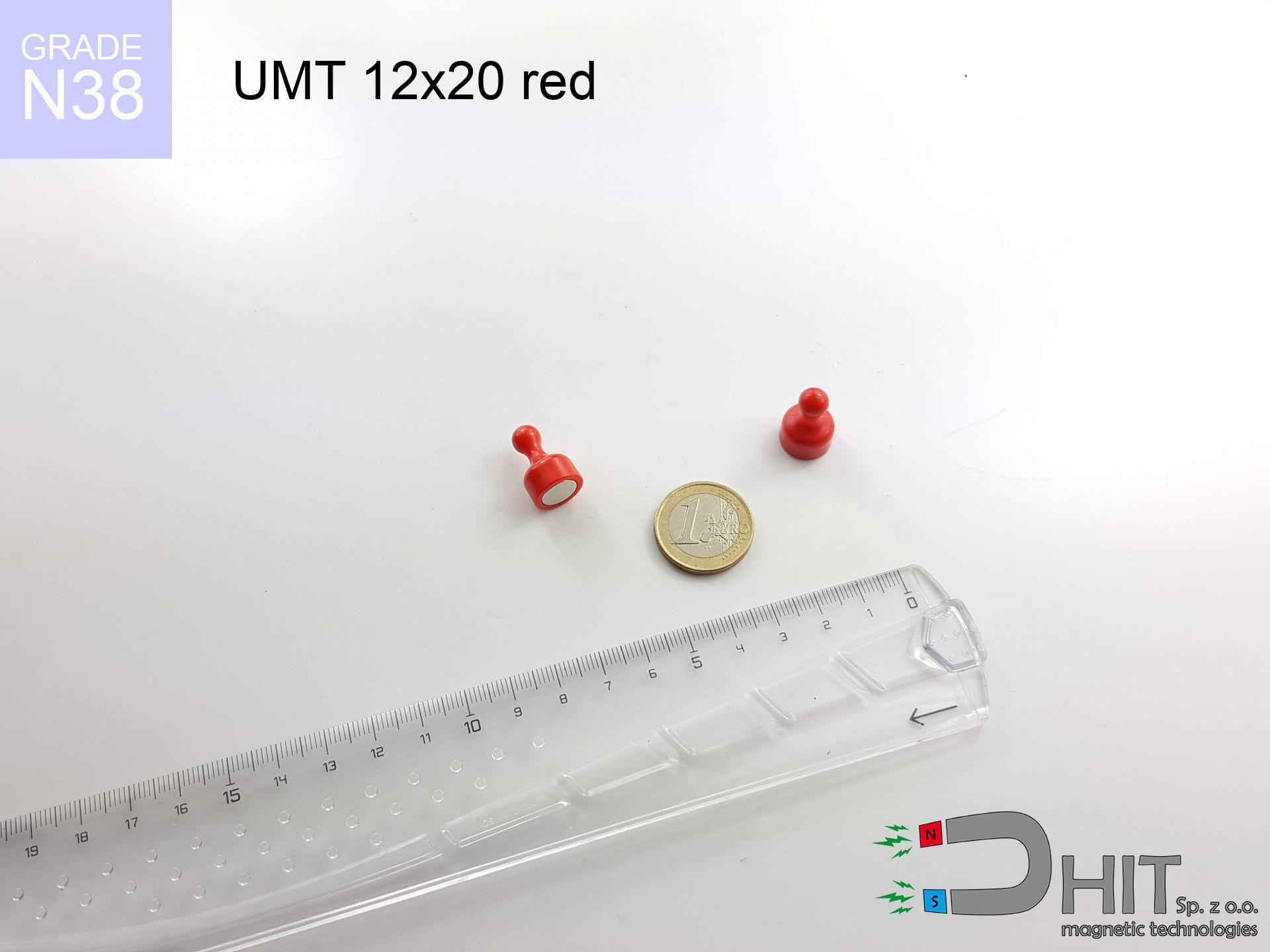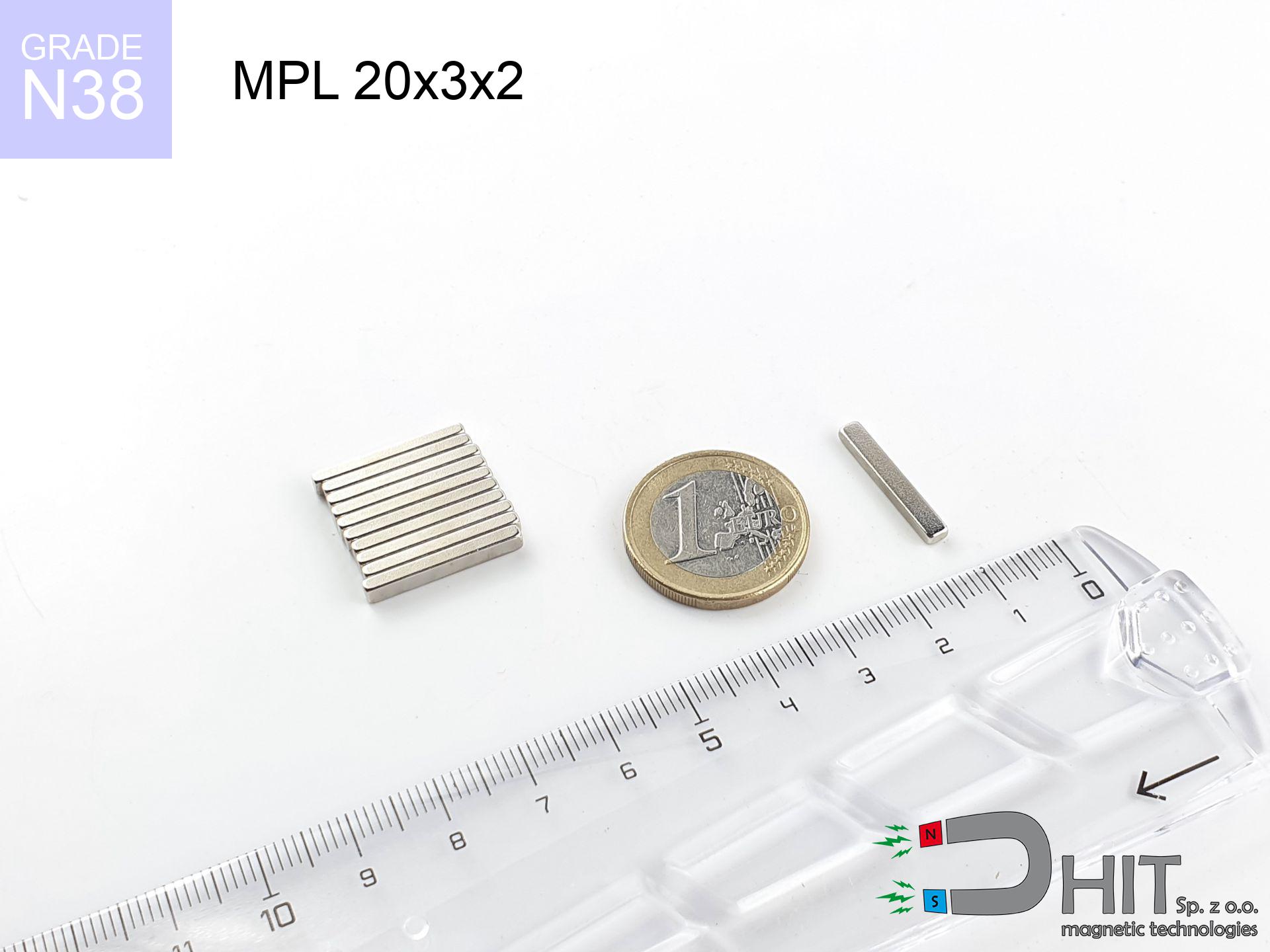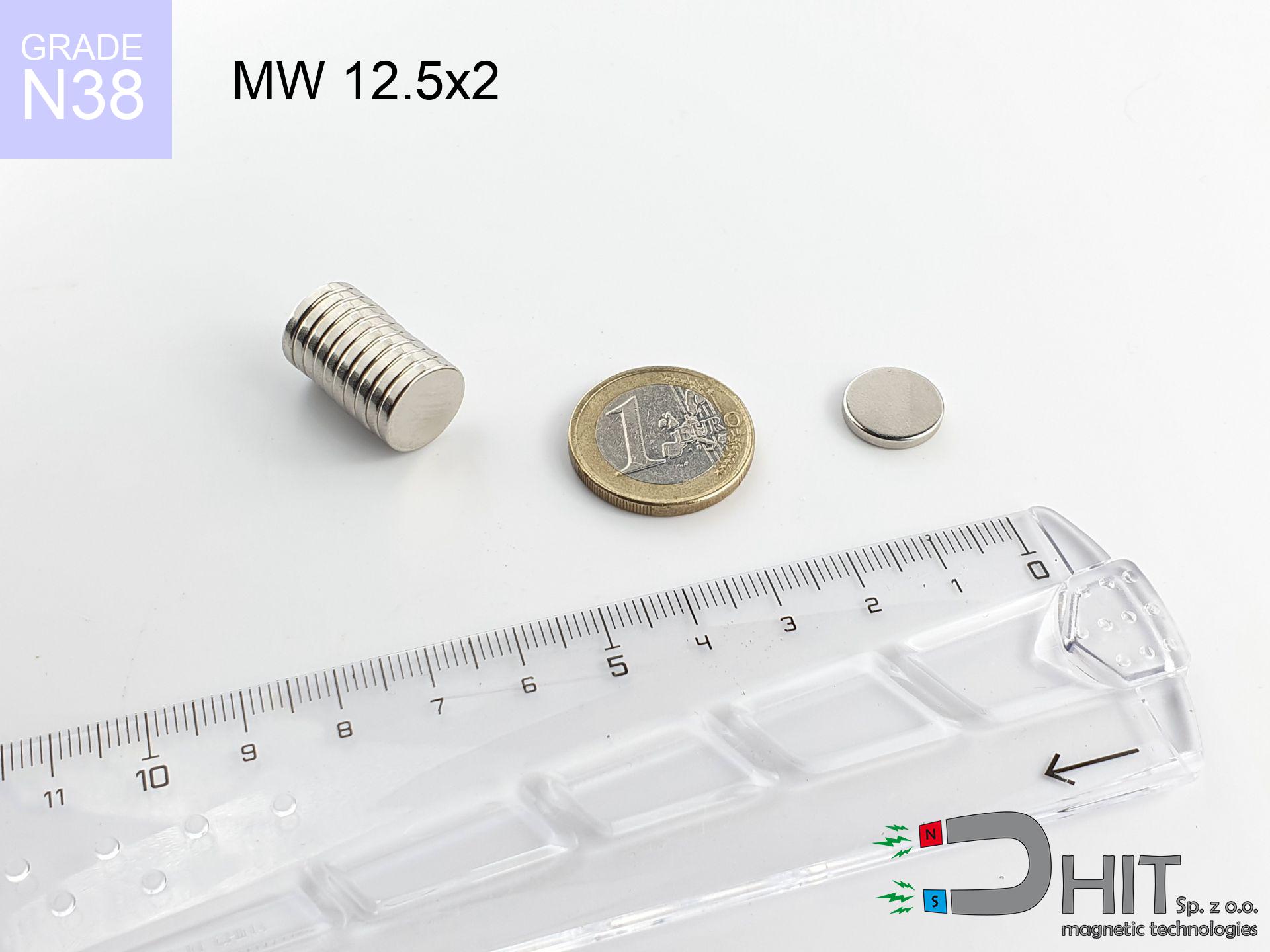HH 42x8.8 [M6] / N38 - through hole magnetic holder
through hole magnetic holder
Catalog no 370484
GTIN: 5906301814948
Diameter Ø
42 mm [±1 mm]
Height
8.8 mm [±1 mm]
Weight
75.2 g
Magnetization Direction
↑ axial
Load capacity
55 kg / 539.37 N
Coating
[NiCuNi] nickel
29.89 ZŁ with VAT / pcs + price for transport
24.30 ZŁ net + 23% VAT / pcs
bulk discounts:
Need more?Need help making a decision?
Give us a call
+48 22 499 98 98
if you prefer contact us via
contact form
our website.
Lifting power along with structure of a magnet can be verified on our
force calculator.
Order by 14:00 and we’ll ship today!
Magnetic properties of material N38
Physical properties of sintered neodymium magnets Nd2Fe14B at 20°C
Shopping tips
Advantages as well as disadvantages of rare earth magnets.
Besides their magnetic performance, neodymium magnets are valued for these benefits:
- They virtually do not lose power, because even after ten years the decline in efficiency is only ~1% (according to literature),
- They are resistant to demagnetization induced by external magnetic fields,
- By applying a decorative layer of nickel, the element gains an aesthetic look,
- The surface of neodymium magnets generates a strong magnetic field – this is a key feature,
- Due to their durability and thermal resistance, neodymium magnets are capable of operate (depending on the shape) even at high temperatures reaching 230°C or more...
- Possibility of accurate creating and adapting to individual applications,
- Universal use in modern industrial fields – they serve a role in HDD drives, motor assemblies, precision medical tools, also complex engineering applications.
- Compactness – despite small sizes they generate large force, making them ideal for precision applications
Disadvantages of NdFeB magnets:
- Susceptibility to cracking is one of their disadvantages. Upon strong impact they can fracture. We recommend keeping them in a steel housing, which not only secures them against impacts but also increases their durability
- Neodymium magnets lose their strength under the influence of heating. As soon as 80°C is exceeded, many of them start losing their force. Therefore, we recommend our special magnets marked [AH], which maintain stability even at temperatures up to 230°C
- They rust in a humid environment. For use outdoors we recommend using waterproof magnets e.g. in rubber, plastic
- We suggest a housing - magnetic holder, due to difficulties in creating nuts inside the magnet and complex forms.
- Potential hazard to health – tiny shards of magnets can be dangerous, when accidentally swallowed, which gains importance in the context of child safety. It is also worth noting that small elements of these products can be problematic in diagnostics medical when they are in the body.
- With budget limitations the cost of neodymium magnets is a challenge,
Detachment force of the magnet in optimal conditions – what it depends on?
The force parameter is a result of laboratory testing conducted under standard conditions:
- using a base made of high-permeability steel, functioning as a ideal flux conductor
- possessing a thickness of min. 10 mm to avoid saturation
- characterized by even structure
- with total lack of distance (no coatings)
- under axial force vector (90-degree angle)
- at ambient temperature approx. 20 degrees Celsius
Determinants of lifting force in real conditions
In real-world applications, the real power depends on many variables, ranked from the most important:
- Gap between surfaces – every millimeter of separation (caused e.g. by varnish or dirt) significantly weakens the magnet efficiency, often by half at just 0.5 mm.
- Loading method – declared lifting capacity refers to pulling vertically. When applying parallel force, the magnet holds significantly lower power (typically approx. 20-30% of maximum force).
- Metal thickness – the thinner the sheet, the weaker the hold. Magnetic flux passes through the material instead of generating force.
- Material composition – different alloys attracts identically. Alloy additives weaken the interaction with the magnet.
- Surface condition – smooth surfaces ensure maximum contact, which increases field saturation. Uneven metal reduce efficiency.
- Operating temperature – neodymium magnets have a sensitivity to temperature. When it is hot they lose power, and in frost they can be stronger (up to a certain limit).
* Lifting capacity was determined with the use of a polished steel plate of suitable thickness (min. 20 mm), under perpendicular detachment force, however under parallel forces the load capacity is reduced by as much as 75%. Moreover, even a slight gap {between} the magnet and the plate reduces the load capacity.
Safety rules for work with NdFeB magnets
Warning for heart patients
Warning for patients: Powerful magnets disrupt electronics. Keep minimum 30 cm distance or ask another person to handle the magnets.
Safe distance
Avoid bringing magnets near a purse, laptop, or screen. The magnetism can irreversibly ruin these devices and erase data from cards.
Physical harm
Protect your hands. Two powerful magnets will snap together instantly with a force of massive weight, destroying everything in their path. Be careful!
Conscious usage
Use magnets with awareness. Their huge power can shock even experienced users. Be vigilant and do not underestimate their power.
Nickel allergy
Studies show that nickel (standard magnet coating) is a potent allergen. If your skin reacts to metals, refrain from touching magnets with bare hands and opt for versions in plastic housing.
Machining danger
Powder created during machining of magnets is flammable. Do not drill into magnets unless you are an expert.
Compass and GPS
A strong magnetic field interferes with the operation of compasses in smartphones and GPS navigation. Maintain magnets close to a smartphone to avoid breaking the sensors.
Beware of splinters
Neodymium magnets are sintered ceramics, which means they are very brittle. Clashing of two magnets leads to them shattering into small pieces.
Thermal limits
Do not overheat. Neodymium magnets are sensitive to temperature. If you need operation above 80°C, ask us about HT versions (H, SH, UH).
Product not for children
Neodymium magnets are not suitable for play. Eating multiple magnets can lead to them attracting across intestines, which poses a critical condition and requires immediate surgery.
Warning!
Looking for details? Read our article: Why are neodymium magnets dangerous?

![Magnet with hole HH 42x8.8 [M6] / N38 Magnet with hole HH 42x8.8 [M6] / N38](https://cdn3.dhit.pl/graphics/banners/magnet.webp)
![HH 42x8.8 [M6] / N38 - through hole magnetic holder](https://cdn3.dhit.pl/graphics/products/hh-42x8.8-m6-hin.jpg)
![UMH 48x11x65 [M6] / N38 - magnetic holder with hook UMH 48x11x65 [M6] / N38 - magnetic holder with hook](https://cdn3.dhit.pl/graphics/products/umh-48x11x65-m6-wiw.jpg)




